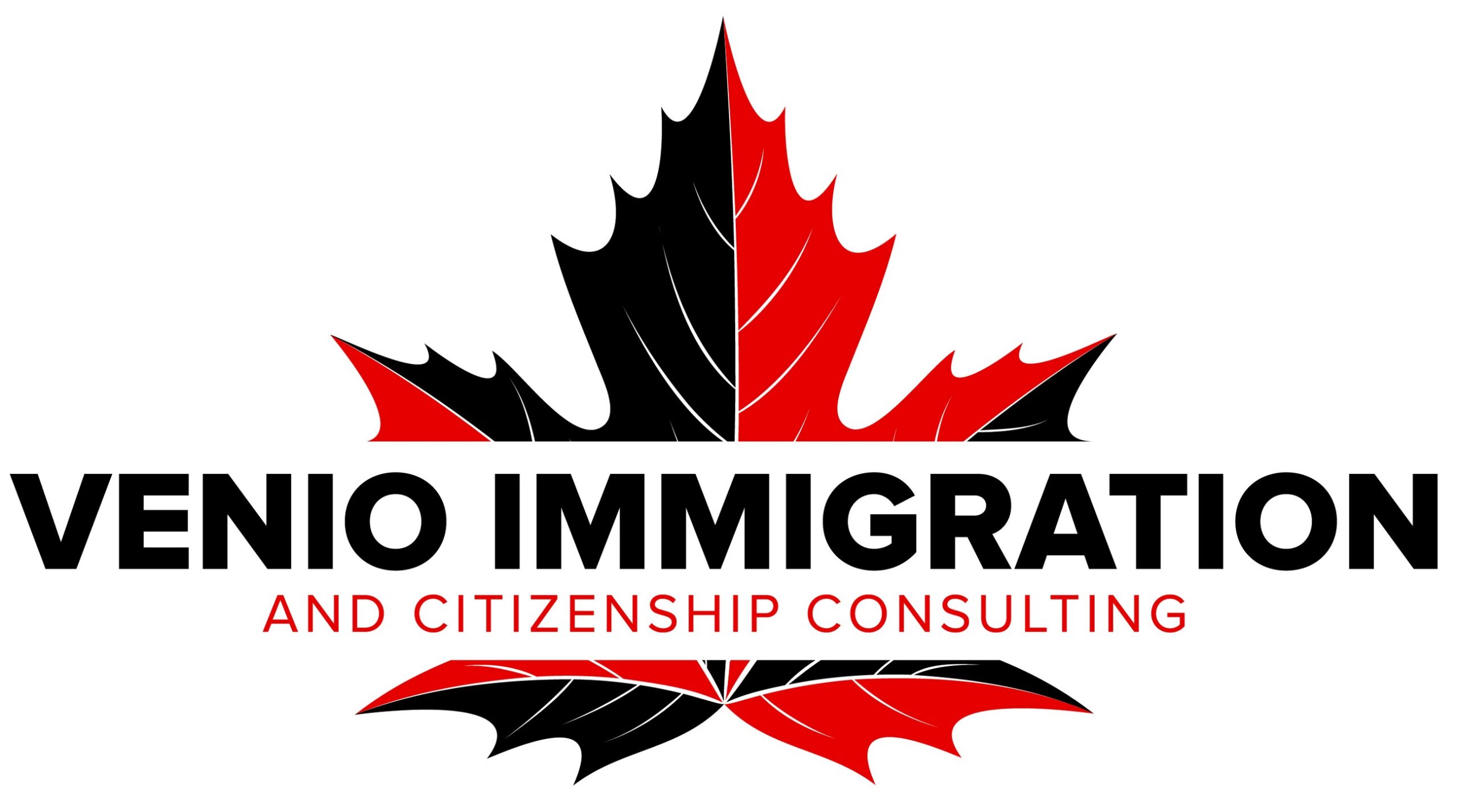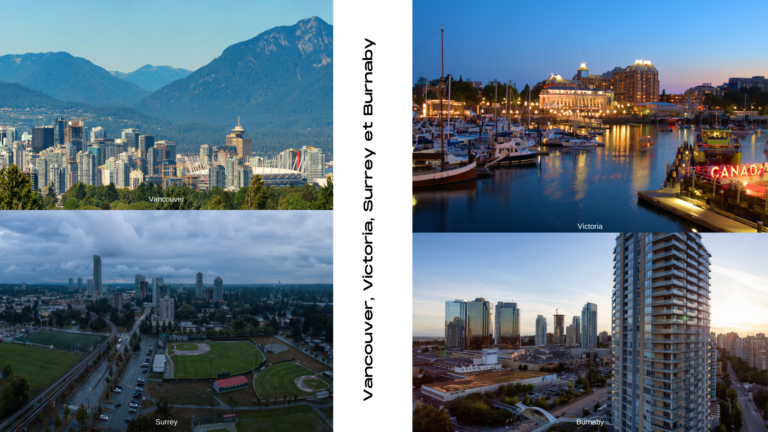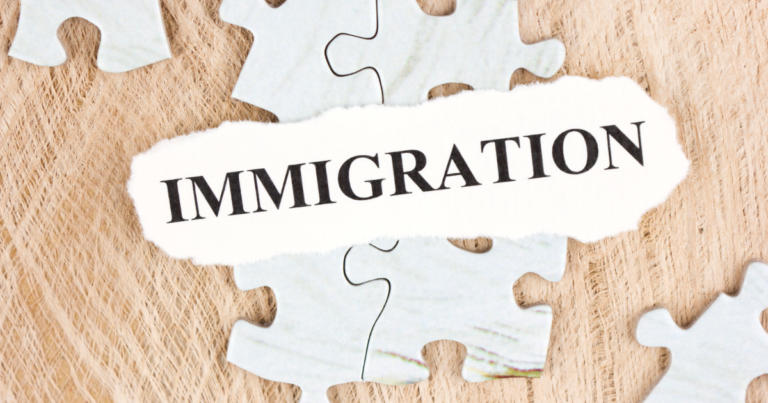How do you manage a Canadian immigration file with spouses living in two different countries?

Immigrating to Canada is an ambitious project for many couples wishing to settle in a country offering many opportunities. However, the situation can become complex when the spouses live in two different countries. This article looks at two main scenarios: the case where spouses are both abroad in different countries and wish to immigrate to Canada together, and the case where one spouse is already in Canada as a permanent resident or Canadian citizen.
When both spouses are abroad in two different countries
When spouses live in two different countries and wish to immigrate to Canada together, it's crucial to follow a well-defined strategy to maximize the chances of a successful application. Canadian immigration procedures for couples may seem complex, but with careful preparation they can be managed effectively.
Choosing the right immigration program
The first aspect to consider is the choice of the appropriate immigration program for both spouses. Canada offers several immigration channels, including the Skilled Worker Program (Express Entry)the Provincial candidate programor even family immigration programs.
- Express Entry The system is based on a points system. If one or both spouses possess sought-after skills, they can accumulate points based on their age, professional experience, language skills and level of education.
- Advantage This allows immediate family members, including spouses, to be included in a single application.
- Limit : Both spouses must meet immigration requirements, including language skills.
- Provincial Nominee Program (PNP) If spouses have specific skills sought by a Canadian province, they may be invited to apply for permanent residency through the provincial program.
- Advantage : Some provinces prioritize specific employment sectors, increasing the chances of acceptance if spouses have the required skills.
- Limit : The application is province-specific, so relocating to another province after immigration can be more complicated.
- Family sponsorship If one of the spouses has a close family member in Canada, that member may be able to sponsor the spouses for immigration.
Preparing separate or joint files?
When spouses live in two different countries, the question arises as to whether it is preferable to file separate or joint applications.
- Joint application This approach is generally the most recommended if one of the spouses is eligible to immigrate and can include the other spouse in the application.
- Advantage : This simplifies the process by consolidating efforts into a single file.
- Limit Processing may take slightly longer if both spouses are abroad and in two different countries, as the immigration authorities will have to deal with security and background checks in each country.
- Separate applications This option can be considered if both spouses wish to maximize their chances by submitting individual applications.
- Advantage Each spouse can potentially be admitted independently, which could speed up the process for one of them.
- Limit : The process can be more costly and complex, with two separate files to manage.
Logistics challenges
When spouses are geographically separated, it becomes essential to coordinate efforts to ensure that both files progress at the same pace. Among the main challenges :
- Access to documents : It can be difficult for spouses to obtain all the necessary documents (birth certificates, criminal records, etc.) in different countries.
- Coordination of language tests If spouses need to take exams such as IELTS or TEF to prove their language level, they will have to register at separate test centers, which may mean additional delays.
- Monitoring processing times : Processing times vary depending on the country of origin or residence, which can lead to discrepancies in the treatment of both spouses.
If a spouse is already a permanent resident or Canadian citizen
The second scenario envisages a situation where one spouse is already in Canada as a permanent resident or Canadian citizen, while the other spouse resides in another country. This situation paves the way for sponsorship.
Spousal sponsorship
Canadian citizens and permanent residents can sponsor their spouse under the Spousal sponsorship program. This program reunites couples, even if one spouse lives abroad.
- Eligibility criteria :
- The sponsor must prove that he or she is financially stable and able to support his or her spouse during the transition period.
- The couple must demonstrate that it is a meaningful relationship and not a marriage of convenience designed solely to obtain permanent residency.
- Proof of relationship Canadian authorities require tangible proof of the relationship, such as photos, exchanges of messages, proof of joint trips, or testimonials from relatives. This can be particularly tricky for couples living in two different countries, where distance can complicate the collection of such evidence.
- Internal vs. external sponsorship :
- Internal sponsorship The spouse can enter Canada as a visitor while the application is being processed. This allows them to stay in Canada with their spouse during the process.
- External sponsorship The spouse remains in his or her country of origin while the application is processed, which is more common in cases where the spouse is already working or has obligations in his or her country.
Deadlines and processing
Sponsorship can generally take between 12 and 18 months to be finalized. However, timescales can vary depending on a number of factors:
- Country of origin : Some countries have longer security and verification procedures.
- Accuracy of submitted documents Any errors or omissions can cause considerable delays.
- Global disruption : As with any immigration procedure, world events can have an impact on delays.
Family reunification
If the application is accepted, the sponsored spouse can obtain permanent residency, paving the way for family reunification. This means that the couple can live together in Canada, with the sponsored spouse able to work and benefit from Canadian social advantages.
Conclusion
Immigrating to Canada with spouses living in two different countries requires a strategic and meticulous approach. Whether both spouses are living abroad, or one is already a resident of Canada, it is essential to understand the requirements of the various programs and to prepare a solid file. Collaboration between both spouses to gather documents, comply with language requirements and meet deadlines is crucial to success. The support of an immigration professional can also be a great help in avoiding mistakes that could delay the procedure.







